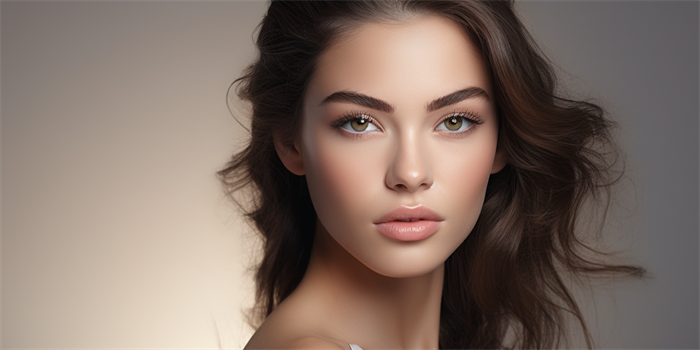What is the Best Age to Have Cheekbone Reduction in Bathurst?
Cheekbone reduction surgery, also known as malarplasty, is a cosmetic procedure designed to reduce the prominence of high or wide cheekbones. This procedure can help achieve a more balanced facial appearance by altering the contour of the cheeks. Deciding on the optimal age for this surgery involves considering several factors, including physiological maturity, psychological readiness, and aesthetic goals. Here, we explore these aspects in detail to help you understand the best age to undergo cheekbone reduction in Bathurst.

1. Physiological Maturity
The first consideration in determining the best age for cheekbone reduction surgery is physiological maturity. Facial bones continue to develop until the late teenage years, typically around the age of 18 to 20. It is crucial to wait until this development is complete to ensure that the results of the surgery are stable and long-lasting. Performing the surgery before this age could lead to unsatisfactory outcomes as the facial structure continues to change.
2. Psychological Readiness
Psychological readiness is another critical factor. Patients should be emotionally mature and have realistic expectations about the outcome of the surgery. This readiness often comes with age and life experience. Younger individuals may not fully understand the implications of cosmetic surgery or may have fluctuating aesthetic ideals influenced by peers or media. Therefore, it is advisable to consider the patient's emotional stability and their ability to make informed decisions about their appearance.
3. Aesthetic Goals
Understanding the patient's aesthetic goals is essential. Some individuals may seek cheekbone reduction to address a genetic trait that makes their cheekbones appear too prominent, while others might want to achieve a more harmonious balance with the rest of their facial features. The best age to undergo this surgery depends on when these goals are clearly defined and when the patient feels ready to pursue them. Often, this clarity develops in the mid-to-late 20s when individuals have had time to reflect on their appearance and what they wish to change.
4. Medical Considerations
Medical considerations also play a role in determining the best age for cheekbone reduction surgery. Patients should be in good overall health, without conditions that could complicate surgery or recovery. This includes not only physical health but also addressing any potential risks associated with anesthesia. Older patients might have more health issues to consider, but as long as they are in good health and meet the other criteria, they can still be good candidates for the procedure.
5. Consultation with a Specialist
A consultation with a qualified plastic surgeon or maxillofacial surgeon is indispensable. During this consultation, the surgeon will assess the patient's facial structure, discuss their aesthetic goals, and evaluate their overall health. This professional assessment is crucial in determining whether a patient is a suitable candidate for cheekbone reduction surgery and at what age the procedure would yield the best results.
6. Cultural and Social Considerations
Lastly, cultural and social considerations can influence the decision. Some cultures view prominent cheekbones as a sign of beauty, while others may prefer a softer, less pronounced look. Understanding these cultural nuances can help in setting realistic expectations and in deciding the right time for the surgery. Social factors, such as the patient's lifestyle and career, might also influence when they choose to undergo the procedure.
FAQ
Q: Is cheekbone reduction surgery painful?
A: Most patients experience some discomfort, swelling, and bruising post-surgery, which is normal and manageable with prescribed pain medication. The surgeon will provide detailed post-operative care instructions to ensure a comfortable recovery.
Q: How long is the recovery period?
A: Recovery times can vary, but most patients can return to their normal activities within a week to ten days. Strenuous activities should be avoided for at least three weeks to ensure proper healing.
Q: Are the results of cheekbone reduction surgery permanent?
A: Yes, the results are generally permanent, provided that the patient maintains a stable weight and does not undergo significant facial trauma. However, natural aging processes can still affect the overall facial appearance over time.
In conclusion, the best age to have cheekbone reduction surgery in Bathurst depends on a combination of physiological maturity, psychological readiness, aesthetic goals, medical considerations, and professional consultation. By carefully evaluating these factors, patients can make an informed decision that aligns with their personal and aesthetic needs.





